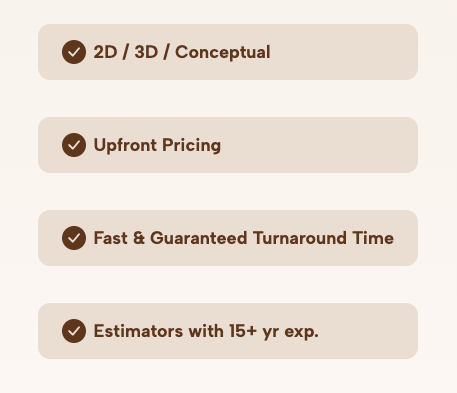How do bathroom stall dimensions vary across U.S. jurisdictions?


Bathroom stall dimensions are primarily regulated for safety, accessibility, and functionality. While IBC, ICC A117.1, and ADA provide baseline standards for stall width, depth, and maneuvering clearances, local codes and special hazard conditions can modify these requirements. Designers, contractors, and inspectors must account for high-rise, hurricane-prone, seismic, and climate-sensitive conditions when planning restroom layouts.
High-rise buildings
In high-rise structures, restrooms may be located near smokeproof stair enclosures or exit corridors. Stall dimensions themselves may not change, but corridor widths, door swings, and accessible path lengths must comply with fire-resistance and egress codes (IBC 1017.2, NFPA 101 7.2.1).
- Impact: Ensure accessible stalls do not reduce corridor width below code minimums.
Inspection tip: Verify that partitions do not encroach on exit access aisles.
Hurricane and high-wind areas
In hurricane-prone regions (IEBC or state codes), restrooms along exterior walls may require impact-resistant glazing or doors. Stall dimensions generally remain the same, but clearances must accommodate protective panels or shutter systems.
- Impact: Partition and door installation may need additional bracing to resist wind forces.
- Inspection tip: Confirm clearances are maintained when impact protection devices are deployed.
Wildland-Urban Interface (WUI) zones
Buildings in WUI areas may be subject to defensible space and fire separation regulations. While stall sizes are unchanged, adjacent corridor and lobby spaces may shift to meet separation distances.
- Impact: Ensure that relocated restrooms or modified corridors still meet ADA maneuvering and minimum stall width/depth.
Inspection tip: Check that egress to accessible stalls is uninterrupted.
Seismic zones
Seismic design (per ASCE 7) may affect wall bracing, partition anchorage, and fixture attachment within stalls.
- Impact: Grab bars, partitions, and toilet accessories must be designed to withstand seismic forces without reducing required clearances.
Inspection tip: Verify anchorage and wall bracing do not infringe on ADA turning radius.
Climate-driven codes
Energy efficiency codes (IECC, ASHRAE 90.1) may influence restroom planning, particularly vestibules, airlocks, and lobby transitions. Stall dimensions are usually unchanged, but circulation space may be adjusted to meet energy performance standards.
- Impact: Confirm that additional vestibule or airlock space does not reduce stall accessibility.
Inspection tip: Verify stall clearances and egress paths are compliant post-energy upgrades.
Local AHJ amendments
Some municipalities impose stricter accessibility or minimum stall requirements. Always check local amendments.
Summary
Stall dimensions are largely consistent nationally but can be affected by high-rise, seismic, hurricane, and climate-specific regulations. Compliance requires integrating baseline IBC/ADA standards with local AHJ amendments and hazard-specific provisions.
FAQs
1. Do stall widths differ in high-rise buildings?
No, the stall width remains standard, but egress and corridor interactions may impose constraints.
2. Are accessible stall dimensions adjusted in hurricane zones?
The width/depth stays the same, but bracing and impact protection must be accounted for.
3. How do seismic codes affect restroom stalls?
Partitions, grab bars, and fixtures must be anchored to resist seismic forces without reducing maneuvering space.
4. Can local amendments increase stall size requirements?
Yes, some jurisdictions require wider stalls in public or assembly occupancies.
5. Do climate-driven codes change ADA stall requirements?
No, but circulation, vestibules, and airlocks must be planned to maintain access to stalls.
6. Where can I verify local stall dimension variations?
Check the local AHJ building code or amendments to the IBC, ADA, or state codes.
References
- International Building Code (IBC) – https://codes.iccsafe.org/codes/ibc
- ICC A117.1 Accessible and Usable Buildings and Facilities – https://codes.iccsafe.org/codes/icc-a117-1
- 2010 ADA Standards for Accessible Design – https://www.ada.gov/resources/2010-ada-standards/
- NFPA 101 Life Safety Code – https://codesonline.nfpa.org
- ASCE 7 Minimum Design Loads for Buildings and Other Structures – https://www.asce.org



%201.png)








